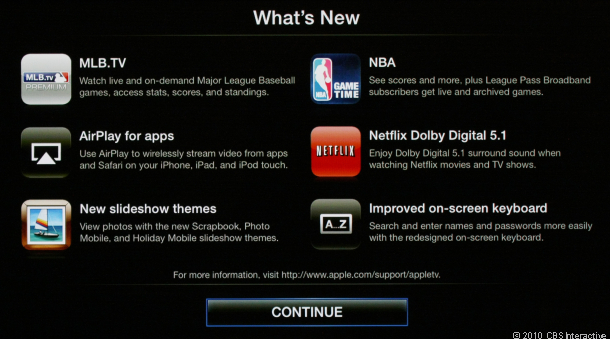An OS made for touch use, Windows 8 resembles the Windows Phone 7's software, using tiles that let users swipe through rather than click to navigate. It has been called the most dramatic redesign of Microsoft's Windows operating system in years, with Microsoft pitching at the "first attempt to rethink the basic operating system's layout since Windows 95," according to VentureBeat.
Initial response to Windows 8 focuses on the idea that Microsoft has at last delivered an operating system made for the tablet. Microsoft has long struggled to produce a competitor to the dominant device in the field, the iPad, or for that matter, to produce a competitive tablet of any sort. Here's what people are saying about Windows 8, demoed at the D9 conference, so far.
"The most noticeable difference is a new layout that was clearly inspired by Windows Phone 7," wrote VentureBeat.
People agree that whatever it is, it's definitely new. All Things D's Walt Mossberg said that Windows users may be "shocked" by the "pretty radical" changes. Technologizer's Harry McCracken dubbed Windows 8's "look and feel" to be "New. New, new, new, new, new!"
Crunchgear notes that "while they're retaining support for all the major applications and enterprise features, the new interface is meant to be fresh, fast, and accessible." But, they caution, Microsoft must be careful that its "full-on Windows environment will be neither too stripped-down for power users, nor too clunky for people expecting a simple tablet interface."
McCracken suggests that it may not be possible to fully anticipate the hardware that will run Microsoft's Windows 8 software.
"This is going to run best on PCs which don't exist yet, for the most part," he writes. "Something like an HP TouchSmart will be well-suited to it. Possibly a convertible notebook along the lines of a Tablet PC, too. But I can't quite see how it'll make sense on a garden-variety notebook or desktop. Or, for that matter, on a garden-variety tablet-at least if you intend to run old-style apps as well as touch-centric ones. It wants a new type of computer."
There may be restrictions in how the operating system is brought to market.
According to Bloomberg Microsoft has imposed some limits on how the operating system can be used, reportedly asking "chipmakers that want to use the next version of Windows for tablets to work with no more than one computer manufacturer." But while such restrictions could help Microsoft quicken its delivery of new Windows tablets, Bloomberg observes that "the restrictions may impede chip- and computer makers from building a variety of Windows-based models."
Ars Technica warns that such restrictions could become problematic.
"If Microsoft sets the specification too low--either as a deliberate ploy to protect full-featured laptops, or as a failure to keep up with technological advances--then Windows tablets will be undesirable and uncompetitive out of the gate," they wrote.
Some critics wondered whether Microsoft's strategy to provide the same software for both traditional PCs and mobile devices could prove to be its downfall.
Gizmodo writes:
Maybe the way Microsoft's gonna translate touch apps to keyboard/mouse and keyboard/mouse apps to touch to achieve this infinite OS will be downright magical in the end. But I'm not seeing this hybrid thing right now, even as impressed as I am by all of the incredibly cool modern interface stuff that's totally designed for tablets. And beyond that, at least when we're talking about tablets, it looks like Windows 8 still has a lot of the rest of the problems that made the current Windows less-than-good as a tablet OS--or it doesn't have the things that makes the other tablets as good as they are. Namely, utter simplicity.
And PCWorld points out that Windows 8 may suggest an overarching trend for software as companies try to accommodate the needs of both mobile and wired devices for the future.
"What's interesting about Windows 8 is that it's another step in PCs becoming more tablet-like. Apple is moving toward making Mac OS X more iPad-like with Lion's various iOS-inspired features, although Windows 8 seems to go one step further with merging the tablet and the PC," they wrote.
But if Microsoft can pull it together, it could pose a real threat to Android tablets, according to Sarah Rotman Epps of Forrester.
"Consumers prefer Windows to Android on tablets by a wide margin," she wrote. "If Windows 8 tablets hit the market in 2012, they'll be competing against third-generation iPads--no easy feat, and we expect Apple to maintain at least 70% market share into next year. But Microsoft will be a contender. What's more, they'll have a product that can compete across devices, and a foothold in the post-PC future."


























